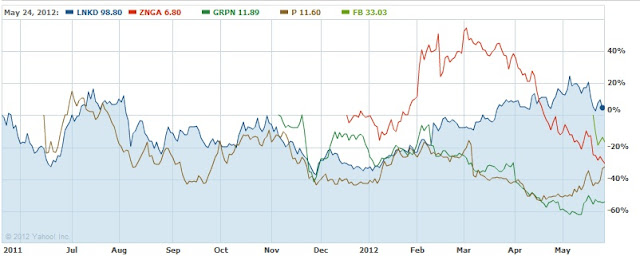In the Facebook IPO, several aspects went wrong:
- A big customer wasn't happy. Just days before the IPO, General Motors pulled its entire $10 million advertising budget from Facebook. I have heard that Facebook's advertising department doesn't have the best customer service; now may be the time to improve it.
- There were reports of insider selling. Apparently Morgan Stanley and other underwriters warned privileged clients that analysts had lowered Facebook's growth prospects. "This has proved the game is rigged," said Charles Geisst, a finance professor and Wall Street historian at Manhattan College, to the Los Angeles Times. "There's just too many questions about the integrity of the stock market, and I think people are starting to realize this -- individuals, at least."
- The Facebook chief financial officer overestimated demand. David Ebersman, the Facebook CFO, increased the number of shares available for sale, which practically ensured that the shares would fall below the offering price of $38. According to Maxwell Murphy of The CFO Report, this may have a beneficial effect when the lock-up periods that prohibit early Facebook investors from selling stock begin to expire.
- There were technical trading glitches at Nasdaq. The glitches delayed trading in Facebook by 28 minutes. There was confusion about who bought what shares at what prices, and as a result, the estimated financial hit from Facebook among brokers is above $100 million.
 |
| Performance of LNKD, ZNGA, GRPN, P and FB over past year. |
On a side note, the graph above compares the performance over the past year of LinkedIn Corporation (LNKD), Zynga, Inc. (ZNGA), Groupon, Inc. (GRPN), Pandora Media, Inc. (P) and Facebook, Inc. (FB). The only stock above a break-even point is LinkedIn, and it's not by much.



